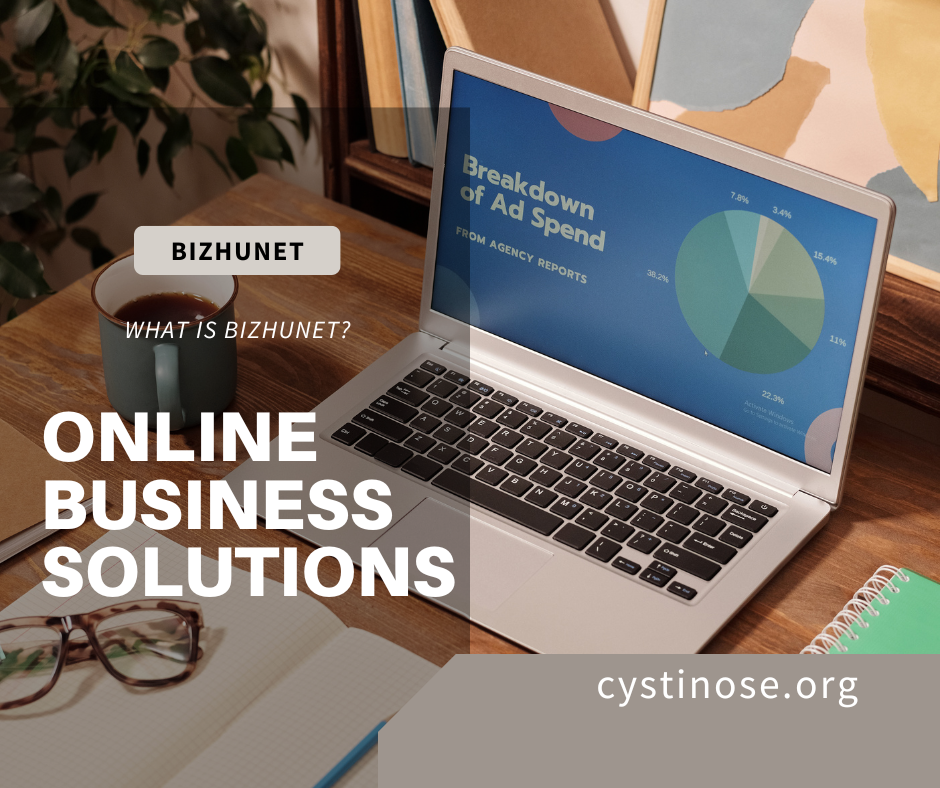The marketing plan should be brief and clear. If you need any help with that, make sure to get in touch with us.

What each marketing plan should contain is:
Summary
Situation analysis
Marketing goals
Marketing strategies
Schedule
Check results
- A summary-marketing plan should start with an executive summary, it should present the basic goals that you want to achieve with a specific product, as well as the ways in which these goals will be achieved. For example, we can say that with the marketing plan we want to achieve an increase in sales of X products from 20% to 25%, this can be achieved due to the increased economic growth expected. In order to achieve this, a promotional budget is required, which is 2% of sales, etc. The summary should not be longer than a single page, it should be potential for investors or general manager to help quickly find the main points of the plan.Situational analysis is the next step in creating a marketing plan. In this step, an analysis of the current situation should be done, and SWOT analysis.
An analysis of the current situation implies taking into consideration all the circumstances in which your business is currently located. It is necessary to see how sales have gone in the last few years, how much market share you take, what are the prices and quality of products compared to the competition.
SWOT analysis is the acronym of the words Strengths, Weakness, Opportunity, Threats. Strengths and weaknesses are related to internal factors in the company, and opportunities and threats to factors that come outside of the company. It is very important that the SWOT analysis be done as objectively as possible, that the eyes do not close down from weaknesses and that they do not exaggerate with the forces of the company.
An example of SWOT analysis may look like this:
Strengths:
The market leader
excellent market coverage
recognisable brand
well organized dealer networkWeakness:
poorly known product brand
small advertising resources
poor presence in large discount chains
poor product quality compared to competition in the same segments
unclear positioning in the target segment
Opportunity
improvement of the ecological climate expected in the coming period
demographic changes (buyers of the same age, income … show a growing interest in product X)
the main discount chains are about to sell X if the company offers a special rebate on higher volumes
Threats:
competition will sharply attack every new player who attempts to enter the market
the adoption of a new environmental protection law is expected to require new investments
the growing number of consumers of more purchasing power shows a tendency towards similar products of higher quality that the company does not currently have on offer
Goals are the next step in your marketing plan, now it’s moving from decision to decision. The goals are what the company wants to achieve, they must be realistic, measurable and of course feasible.



.svg)


